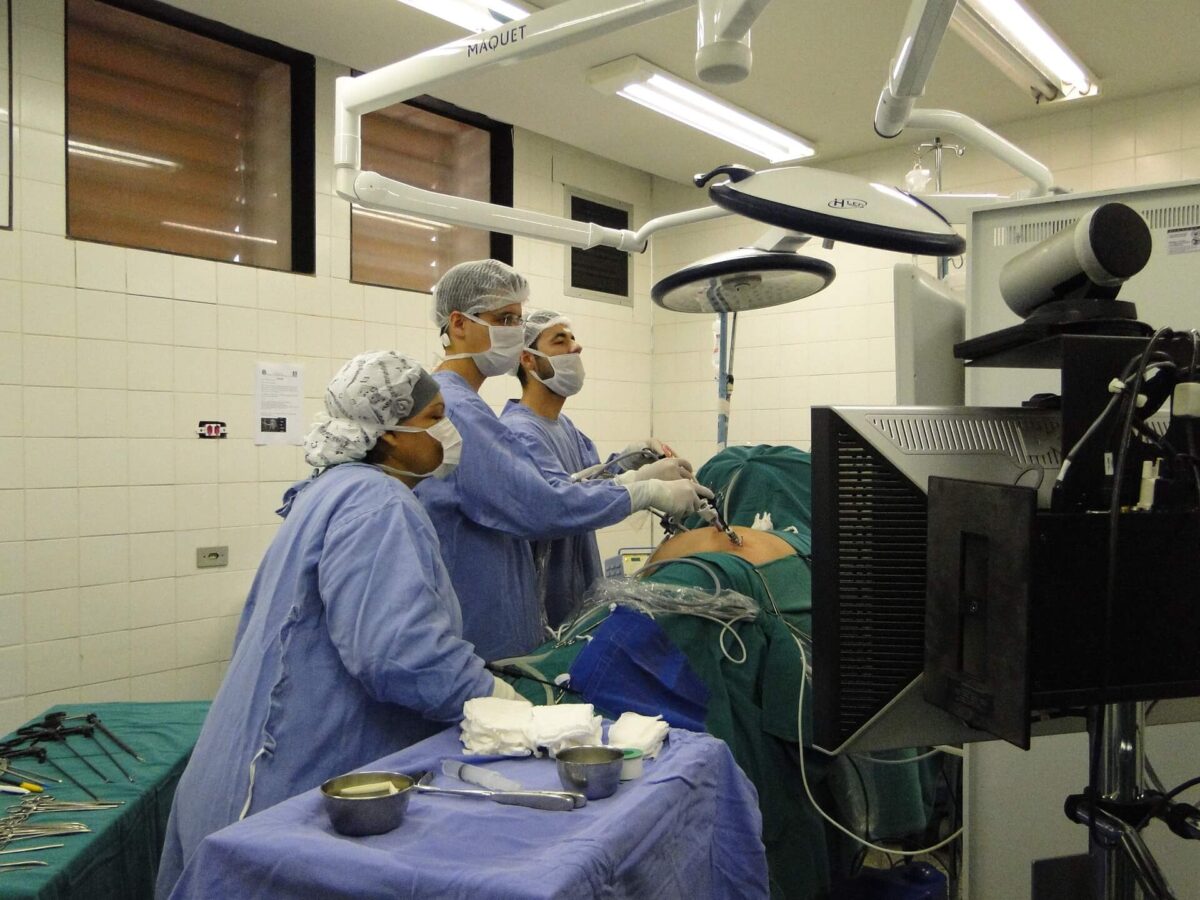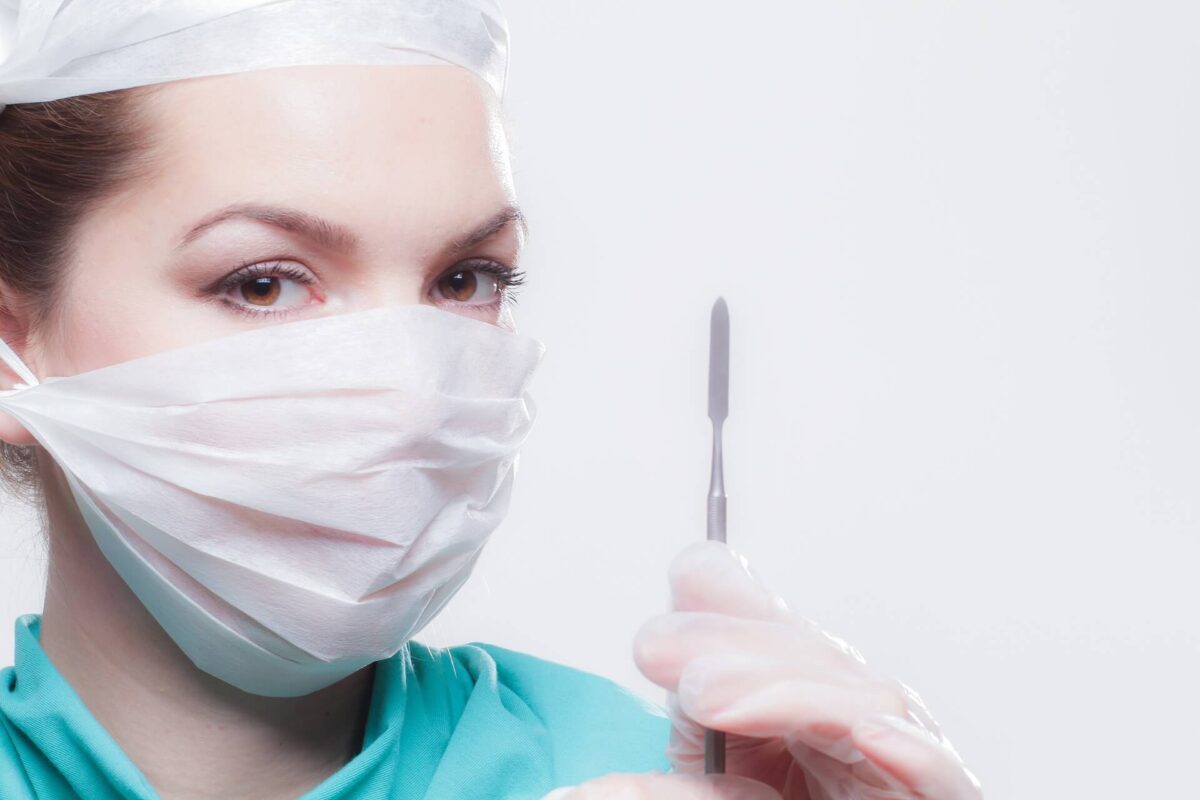Hello, health enthusiasts! We’re back today with another feature for superfoods!
Today, we’re diving into “bitter melon extract”, a superfood gaining popularity in Singapore. Not boring you with the specifics, we’ll lean this article towards a recommendation at the end on how you can implement bitter melon into your diet right away! Let’s get started.
Bitter Medicine is Often Better: Bitter Melon’s History in Singapore

Bitter melon, or commonly referred to as bitter gourd, has been around Singaporean cuisine for a long time. While often disliked due to its really bitter and unsavoury tastes, bitter melon is also a staple in local diets for generations. This humble veggie is often joked as one of the most hated vegetable in Singapore, but it remains integral in many soup or stir-fry recipes, and can be seen as a key ingredient in herbal remedies to relief body heat in a tropical climate like ours.
Indeed, bitter melon has gone a long way since. Since the 2019 pandemic, we as consumers have had a renewed focus on health and immunity, allowing bitter melon to see another recent wave in the health community. Despite its (still) terrible taste, its nutritional benefits still attract many to consume it regularly today.
The Breakdown: How Good is Bitter Melon Extract?

So, what exactly is in bitter melon? Well, most of what you expect of a superfood!
Antioxidants, flavonoids, vitamins and other polyphenol compounds among many other minerals. When properly extracted into fine powder and put in proper dosages, the resulting bitter melon extract is refined further and becomes a great addition to any diet.
Can Bitter Melon Extract Cure Diabetes?

Research suggests that bitter melon extract may help regulate blood sugar levels, making it particularly appealing for those managing diabetes or looking to maintain healthy blood sugar. In Singapore, where 10.5% of the adult population was diagnosed with diabetes in 2020, incorporating bitter melon into your diet could be a game-changer.
Several studies highlight the benefits of bitter melon. For instance, a 2011 study published in the Journal of Ethnopharmacology found that bitter melon extract can improve insulin sensitivity and lower blood sugar levels by up to 30% in individuals with type 2 diabetes. Another research article in the Nutrition Journal pointed out that the antioxidants in bitter melon help reduce oxidative stress, which is linked to chronic diseases. While more research is needed to fully understand its effects, the preliminary data is promising and suggests that bitter melon extract can be a valuable addition to a balanced diet.
Remember to be realistic about your expectations when introducing natural foods to your diet. Seeing real, positive change is only possible through a combination of your own dietary efforts! A local specialist properly breaks down the use of bitter gourd in diabetes treatment here:
Potential Weight Loss: Bitter Melon Can Help You Lose Weight

Beyond blood sugar regulation, the extract may also aid in weight management. A 2010 study in BMC Complementary and Alternative Medicine indicated that bitter melon can reduce fat accumulation by inhibiting the formation of fat cells. This is particularly relevant as obesity rates in Singapore have been rising, with 36.2% of adults being classified as overweight in 2019.
Conclusion

So, is bitter melon extract the superfood you’ve been looking for? While it may not be a miracle cure, its potential health benefits make it worth considering, especially if you’re focused on maintaining healthy blood sugar levels or boosting your overall wellness. As always, it’s best to consult with a healthcare provider before adding any new supplement to your routine. Keep exploring and stay healthy!










